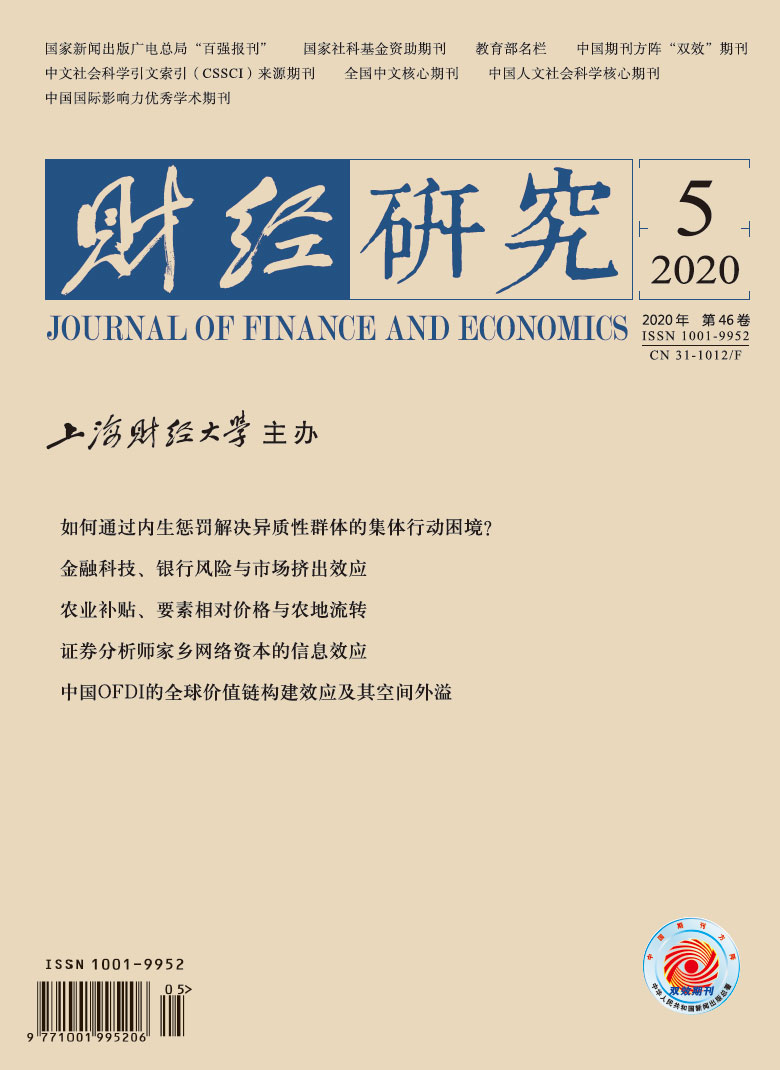After the 2008 international financial crisis, the global economy entered a period of deep adjustment, and global value chains(GVCs)faced restructuring issues. At the same time, the development of China’s open economy has also entered a new stage. There are two prominent changes and characteristics: One is that under the condition that the price of production factors continues to rise and the traditional low-cost advantage is gradually lost, the pattern of China’s integration into the GVC division of labor must also be transformed from passive participation to active construction; the other is a shift from the past “importing” to “importing” and “going out”. This raises a very interesting and practical question: Does China’s outward foreign direct investment(OFDI)help to build a GVC?
Based on the theoretical analysis, this paper uses the trade value-added measurement method proposed by Koopman, et al.(2012)to construct a bilateral value chain correlation index and a value chain relative position index, and refines them between countries, that is, to measure the value chain relationship between the two countries and the upstream and downstream relationship of the value chain separately. Using Chinese empirical data, this paper incorporates the spatial lag item to quantitatively analyze the value chain construction effect and its spatial spillover brought by OFDI, answers how the value chain correlation and the value chain relative position index are affected by the dual influence of China’s OFDI to the host country and China’s OFDI to the “neighboring country” of the host country, and divides the host country according to “Belt and Road countries” and “non-Belt and Road countries” to study the spatial spillover effect of the value chain construction effect within and between regions, so as to better grasp the actual value chain construction effect of OFDI in China under GVCs.
The measurement results show that China’s OFDI not only enhances the value chain relationship with the host country, but also further closes the value chain relationship with other countries through the spatial spillover effect; at the same time, it also plays a positive role in improving China’s division of labor in GVCs, not only in terms of the relative improvement of the division of labor compared with the host country, but also in improving the division of labor compared with the third country due to the spatial spillover effect.
The above findings are not only helpful for us to objectively understand and evaluate the practical effect of China’s OFDI in building a GVC, but also have some policy implications for how to further reshape and optimize the GVC to better play the role of “going out”.





 6938
6938  10617
10617

